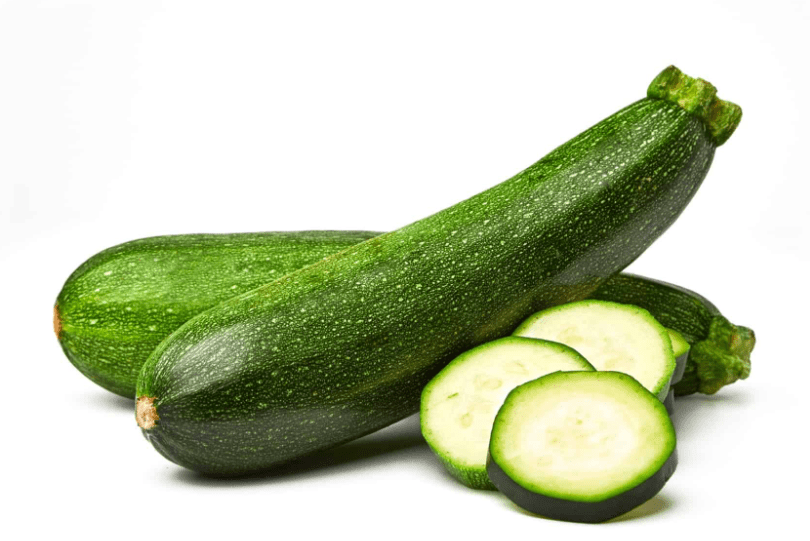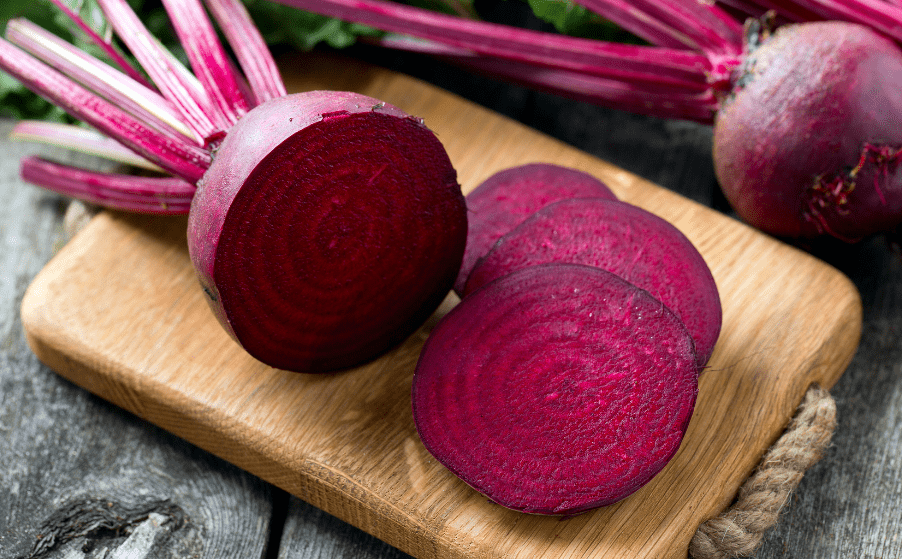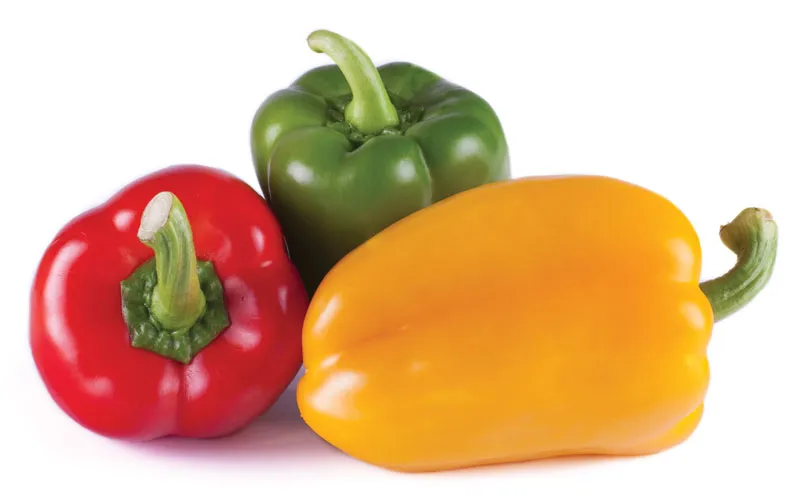
Description
The majority of zucchini plants are bushy and do not vine, however certain kinds do. The majority of types produce fruit that is cylindrical and dark green, although others also produce fruit that is round or intermediate in shape and ranges in colour from yellow-green to almost black. The fruit, a pepo, is a sort of berry that is often picked before the peel becomes hard.
Varieties
There are different kinds of zucchini.
Beauty in Black. Black Beauty is the most popular and well-known cultivar of zucchini. This one must be well-known to you all. It often has a long, narrow shape, and a mild flavor.
Caserta. This particular zucchini is a heritage variety that is also fairly well-liked. One distinguishing feature is the stunning colour that alternates between dark and light green shades.
Zucchini flowers: After the vegetables, we get to flowers, some of which are delectable and fully edible. Because they are so delicious, you will keep requesting more. The blossoms are found near the top of the fruit. The bottom is a light yellow colour, and the top is an orange colour.
Magda: This zucchini has a tasting profile that is both sweet and nutty. Magda has a wide, stuffing-friendly body that is a light shade of green and is dense and crisp.
Fear not—the golden egg is not an egg. The intriguing name of this zucchini comes from its distinctive look, which resembles an egg. Chartreuse is a common comparison made for the flavor.

Uses
Zucchinis are widely available in stores and backyard gardens, and the young fruits are prepared as vegetables. The blooms can occasionally be fried and are also tasty.
Nutrition
In addition to being low in food energy (about 71 kilojoules or 17 kilocalories per 100 g or 3+12 ounces of fresh zucchini), zucchini also contains significant amounts of provitamin A, folate, potassium and vitamin C.
Cultivation
In mild climates, growing zucchini is fairly simple. As a result, it has a reputation among backyard gardeners for producing in excess. Although the blossoms, mature fruit, and leaves are also consumed, the immature fruit is what is picked and sold as “zucchini”. Harvesting the blossoms, which are a costly delicacy in markets due to their difficulties in storage and transportation, is one effective technique to reduce oversupply. The longer-lasting male bloom is born at the tip of a stem.
Table





